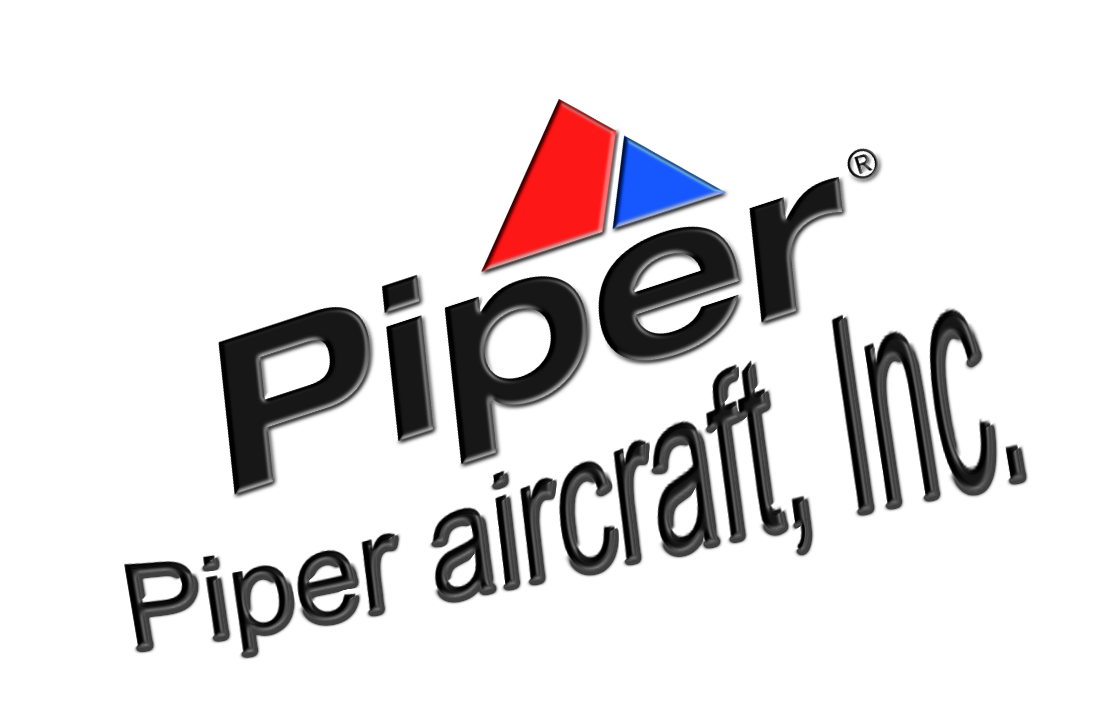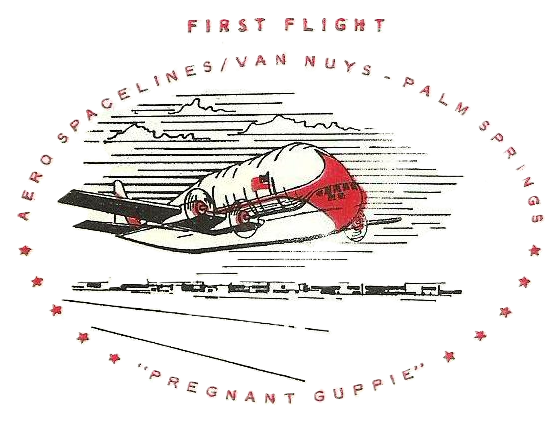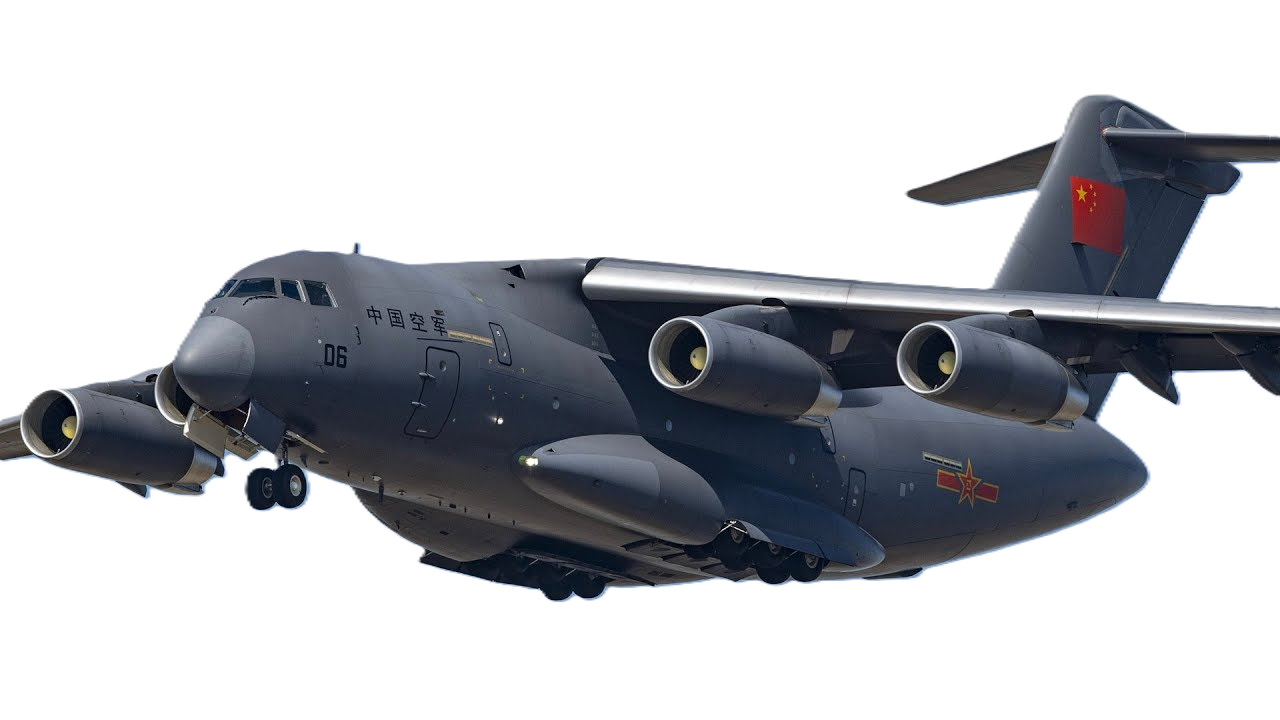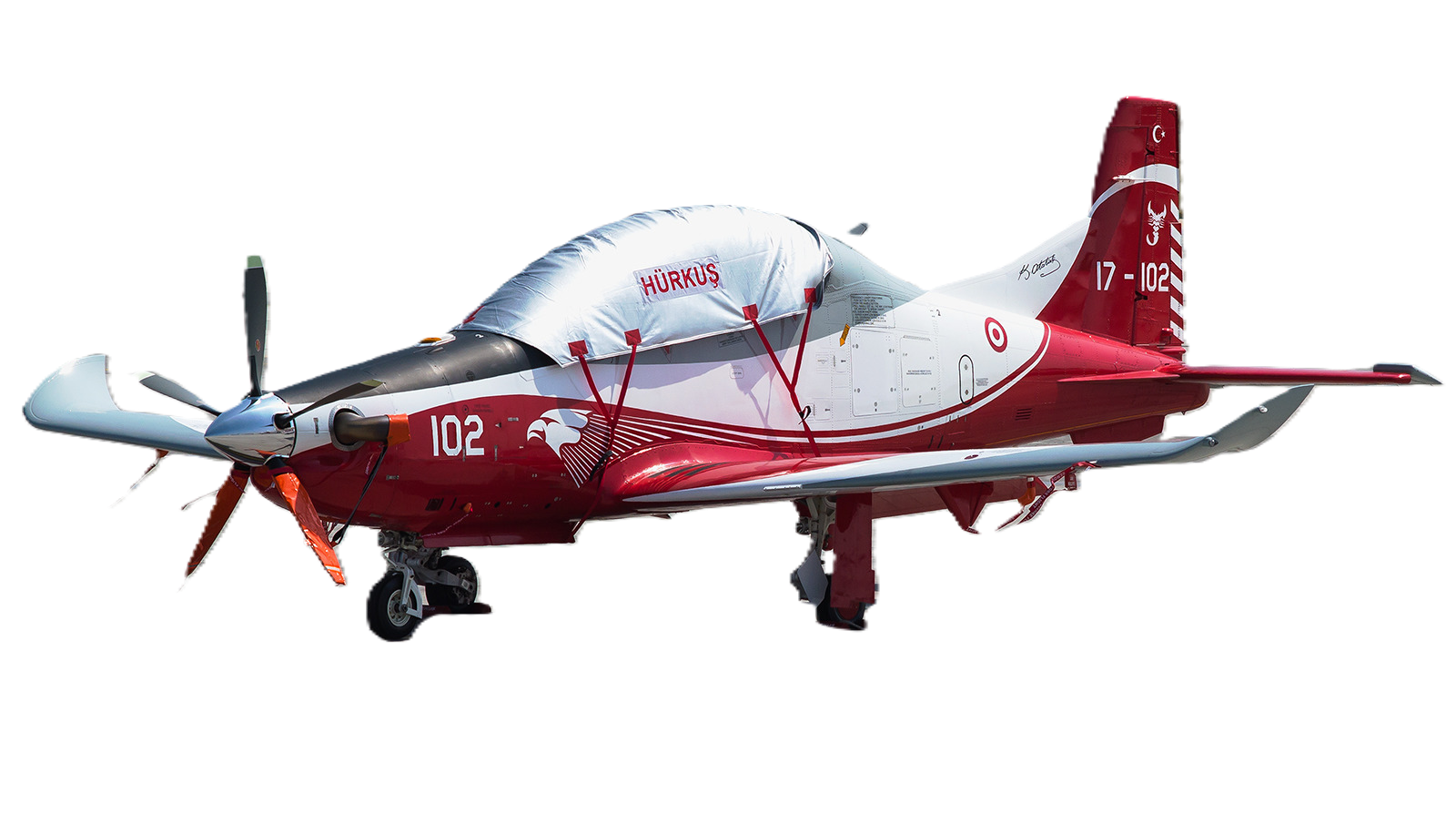Saab MFI-15
Safari "Mushshak"
 |
|
| General information | |
|---|---|
| Type | Primary trainer |
| Manufacturer | Saab AB |
| Designer | Malmö Flygindustri |
| Status | Active |
| Primary users | Danish Air ForceRoyal Norwegian Air Force Pakistan Air Force |
| Number built | 462 |
| History | |
| Manufactured | 1971–1979 |
| Introduction date | 1972 |
| First flight | 26 February 1971 |
| Developed from | Malmö MFI-9 Junior |
| Variants | PAC MFI-17 Mushshak |
.
History Saab AB (originally Svenska Aeroplan Aktiebolaget
Saab MFI-15 Safari "Mushshak"
Manufactured 1971–1979

Saab MFI-15 Safari, also known as the Saab MFI-17 Supporter, is a propeller-powered basic trainer aircraft used by several air forces.
Development and design
On 11 July 1969 Saab flew the prototype (SE-301) of a two/three-seat civil/military trainer or general utility aircraft allocated the designation Saab-MFI 15. Developed at Malmö Flygindustri, it was powered by a 119 kW Avco Lycoming IO-320-B2 flat-four engine and with a conventional low-set tailplane. The latter was later modified to a T-tail configuration to minimise damage when operating from rough airfields.
Of the 250 fully assembled aircraft built by Saab, the majority were bought by private fliers. Including the 212 Pakistani CKD or locally built aircraft, a total of 462 versions of the Safari were produced. The Royal Norwegian Air Force purchased their Safaris in 1981. Today 16 of the aircraft are stationed at Bardufoss Air Station.
A variant with a stretched wing made of composite materials, the MFI-18, was tested during the 1980s in Sweden. Also fitted with provision for skis, this version never went into production. The supporter was also used as a highly efficient COIN aircraft, Experience with the earlier MFI 9B Minicom during the Biafran Civil War encouraged Saab to develop the Supporter as a close support aircraft carrying an assortment of underwing stores including rockets and gun pods...
Variants
- MFI-15 Safari – original civilian variant.
- MFI-17 Supporter – Saab's designation for the military variant, Danish designation T-17.
- Saab Safari TS – a prototype fitted with a 157 kW (210 hp) turbocharged piston engine.
- MFI-17 Mushshak – improved version of MFI-17 Supporter manufactured by Pakistan Aeronautical Complex under license.
- PAC Super Mushshak – upgraded Pakistan-manufactured variant of the MFI-17 Mushshak.
Operators
MFI-17 Supporter

- Pakistan Air Force – 28 delivered by Saab, 92 assembled from knock down kits
- Pakistan Air Force (10)
- Royal Saudi Air Force (2)
- Saab Group (2)
0
KmCeiling
0
HrEndurance
0
Km/hAircraft Speed
0
Max Crew
Photo Gallery
Saab AB originally Svenska Aeroplan Aktiebolaget
Saab MFI-15 Safari "Mushshak"
Manufactured 1971–1979


Saab AB Svenska Aeroplan Aktiebolaget
Saab MFI-15 Safari "Mushshak"
Manufactured 1971–1979
General Info
-
-
- Crew: 2 (pilot and student)
- Capacity: 1 passenger
- Length: 7.00 m (23 ft 0 in)
- Wingspan: 8.85 m (29 ft 0 in)
- Height: 2.60 m (8 ft 6 in)
-
Powerplant
-
-
- Empty weight: 646 kg (1,424 lb)
- Gross weight: 1,200 kg (2,646 lb)
- Fuel capacity: 190 L
- Powerplant: 1 × Lycoming IO-360-A1B6 air-cooled flat-four piston engine, 150 kW (200 hp)
-
Performance
- Maximum speed: 236 km/h
- Cruise speed: 208 km/h
- Stall speed: 107 km/h (66 mph, 58 kn) flaps down, power off
- Never exceed speed: 365 km/h
- Endurance: 5 hr 10 min
- Service ceiling: 4,100 m
Related development
.
Links to Youtube & Others
The SAAB MFI-15 Safari, otherwise known as the SAAB MFI-17 Supporter first flew during 1969 with a conventional low-set tailplane. In 1971 a new prototype flew with a more powerful engine with a high T-tail which allowed the aircraft to safely operate from rough airstrips.
Saab MFI-15/MFI-17
Safari "Mushshak"
The Royal Norwegian Air Force ordered 16 examples n 1981 as a primary trainer.
Youtube Link
In August 1978 Saab flew a version of the Safari with a 157kW Continental flat-six turbocharged engine; designated Safari TS it did not progress beyond the prototype stage.













.png)


